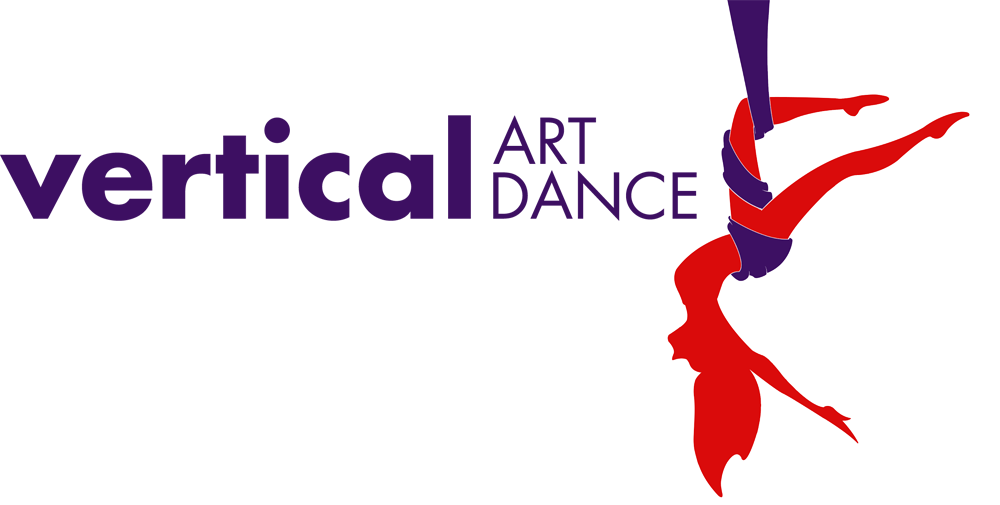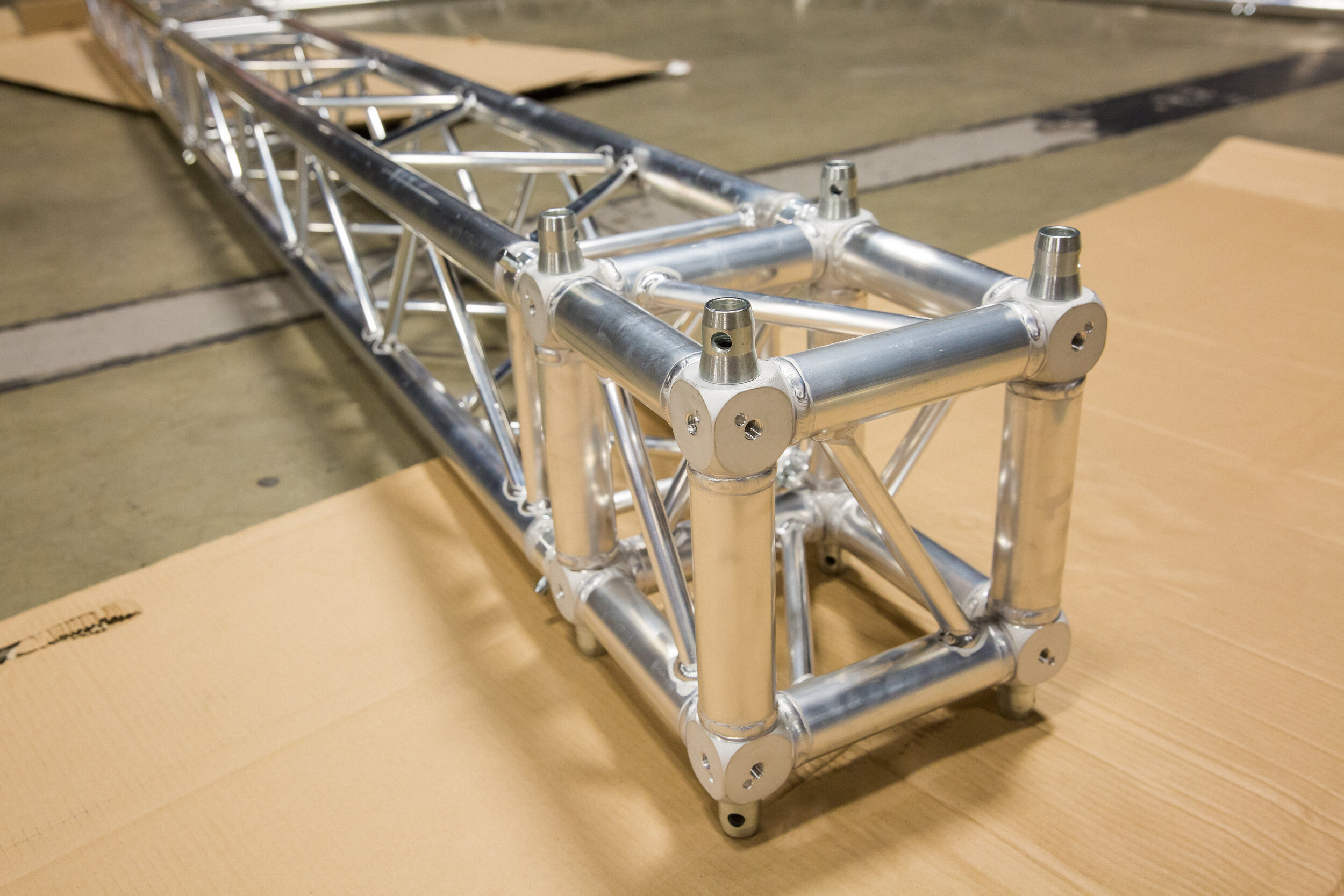Should VAD Truss Kits Use Guy Wires / Lines?
Hello, Vertical Art Dancers!
We always get rigging and safety questions that arise—some more frequently than others! We thought we would feature on the blog today a question that comes up quite often in regards to the need for “guy wires / lines” with Vertical Art Dance (VAD) freestanding truss structure kits.
The “Summer” Freestanding Truss Kit - Engineered and designed for aerial use that does not require guy wires / lines or other rigid forms of bracing.
Should VAD Truss Kits Use Guy Wires/Lines?
A guy-wire, guy-line, or guy-rope, also known as simply a guy, is a tensioned cable designed to add stability to a free-standing structure. They are used commonly for ship masts, radio masts, wind turbines, utility poles, and tents. A thin vertical mast supported by guy wires is called a guyed mast. (Wikipedia)
ALL of VAD’s freestanding Truss Kits are designed and engineered to withstand the suggested use of the design without the need of additional guy lines or wires. Our truss designs and structure kits have been approved by the factory manufacturer and by numerous private engineers for use by aerialists to perform and train on in their current design. When a customer purchases a truss kit or custom structure from VAD, they are educated and trained on what the acceptable usage is for that specific design.
Corner Block of a VAD Truss Kit
When should guy wires / lines be used on a structure?
When necessary, we have installed various forms of “bracing” to truss designs, including guy wires / lines from ground anchors to grid top and/or from grid top to side walls. We have often used other rigid forms of bracing such as cable and pipe—again, when the engineering and design calls for it.
For example, when Vertical Art Dance designs a “custom” truss for a home or studio, we will occasionally brace the structure “internally" using pipe or truss. This is usually done to reinforce the corner blocks—but even without the use of additional bracing, these corner blocks are engineered to withstand thousands of pounds of torque and sway. These corner blocks are well within acceptable margins of safety, especially when you compare their safety margin to the other components of the structure.
External guy wires / lines or other rigid forms of bracing, in general, are for structures that are unable to stand on their own.
A freestanding structure is engineered to do just that. Stand on its own.
What types of structures does VAD Design?
Vertical Art Dance designs both freestanding structures and braced structures.
When a VAD designer is creating a truss grid to suspend people or equipment from, we are taking into consideration industry standard margins of safety, based off the clients use of the structure. If the use is static or has no moving parts (people), then the only force it must withstand is an outside force, such as wind or earth movement. If there ARE moving parts or people hanging from truss grid then that motion must be accounted for in the design and engineering process. In any and all rigging situations, the user must be using the structure appropriately and according to its intended design.
In most cases, an arch with feet (such as most of VAD’s freestanding truss kits) as well as three or more legged structures do not need to be “externally braced" or “guy lined” off.
Why would a designer want to add additional bracing to a freestanding structure?
There will be some movement that an engineered structure can withstand, so if the client/user wanted to completely “freeze” the structure from moving at all, then external bracing, including the possibility of guy lines would be utilized.
Is It Okay If My Structure Wiggles?
There is an acceptable amount of movement that can occur with any designed freestanding truss rig that can then be managed with various bracing solutions if necessary.
What are the advantages of a portable/freestanding structure vs. a permanent structure?
Due to the nature of an engineered freestanding design, these structures are considered portable and/or temporary.
One advantage of having a portable rig like a freestanding truss vs. a permanent structure is that when you start to utilize permanent or semi-permanent ground anchors (such as guy wires/ lines), oftentimes this means you need a building permit to install. The portability of truss is an appeal for studio owners within the aerial arts industry, because it does not require anchoring the structure to their building—which more often than not is only leased by the studio owner.
There is a time and a place for guy lines and history shows that hundreds of freestanding truss structures are still in use today that do not need external bracing. It’s all in the design work! Vertical Art Dance truss is rated, insured and engineered for the type of use in which we design it for. If you ever have questions for us or would like us to address a safety topic in a future blog post - please feel free to email us at withlove@verticalartdance.com. We would love to hear from you!


